Home>Furniture & Design>Outdoor Furniture>How To Make An Outdoor Cat House For Winter
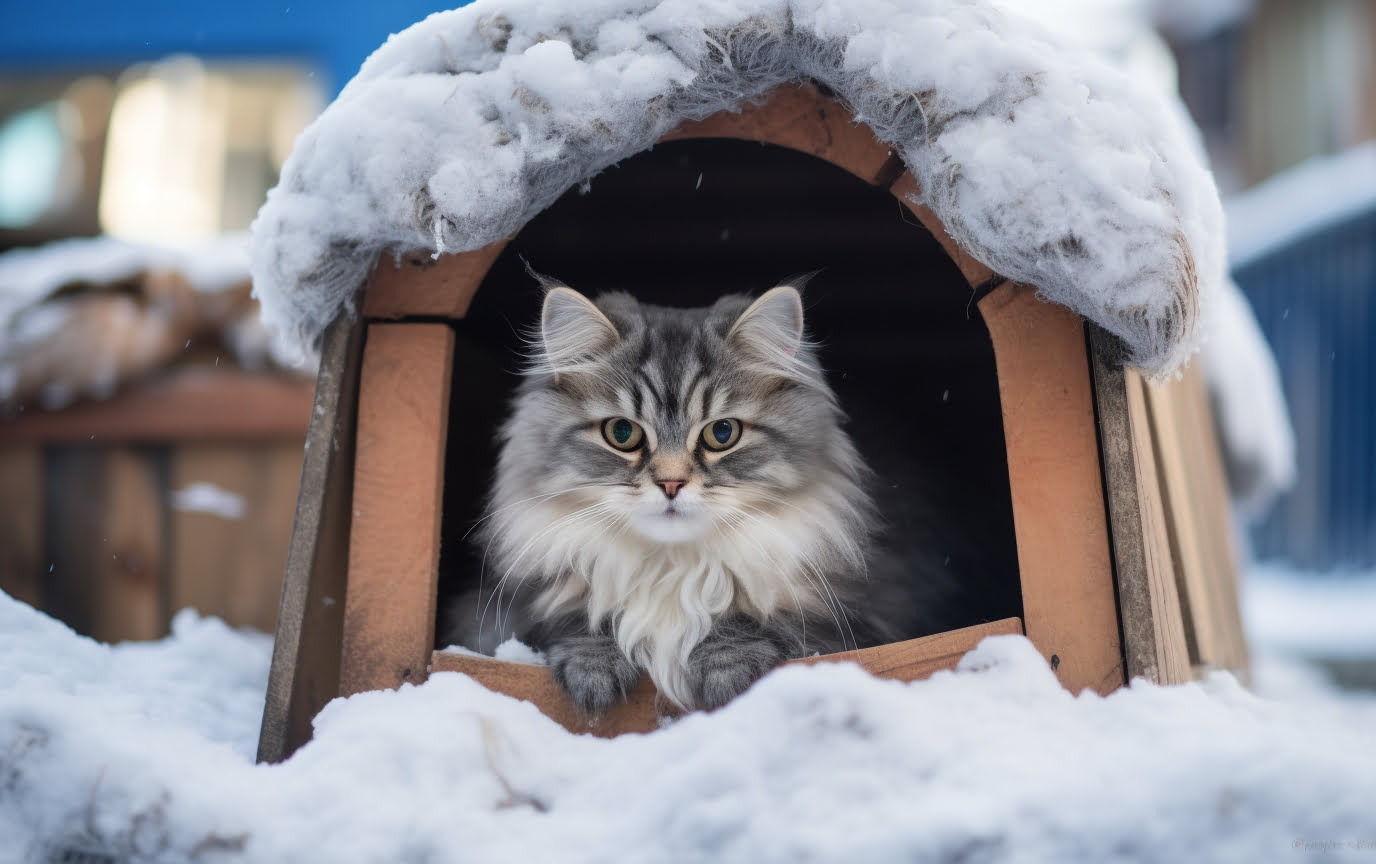

Outdoor Furniture
How To Make An Outdoor Cat House For Winter
Modified: October 18, 2024
Learn how to build a cozy outdoor cat house for winter with our step-by-step guide. Keep your furry friend warm and safe in style. Perfect for outdoor furniture design enthusiasts.
(Many of the links in this article redirect to a specific reviewed product. Your purchase of these products through affiliate links helps to generate commission for Storables.com, at no extra cost. Learn more)
Introduction
Creating a cozy and safe outdoor cat house for winter is a wonderful way to ensure that our feline friends are protected from the harsh elements. Whether you have a feral cat in your neighborhood or a beloved outdoor cat of your own, providing a warm shelter during the colder months can make a significant difference in their well-being. In this guide, we will explore the step-by-step process of constructing an outdoor cat house that offers comfort, security, and protection from the winter chill.
Not only does a well-designed outdoor cat house provide a refuge from the cold, but it also serves as a sanctuary where cats can seek solace and relaxation. By using simple materials and thoughtful planning, you can create a functional and inviting space that meets the needs of outdoor cats while blending seamlessly with your outdoor environment. Let's embark on this rewarding project to ensure that our feline companions have a safe and comfortable haven during the winter season.
Key Takeaways:
- Creating a cozy outdoor cat house for winter ensures feline friends stay warm and safe. Thoughtful planning, insulation, and comfort features make a secure haven for outdoor cats to relax and seek protection from the cold.
- By building and maintaining an outdoor cat house, we show compassion and care for our furry companions. It’s a meaningful way to provide a safe and nurturing environment for outdoor cats during the winter months.
Read more: What To Put In An Outdoor Cat House
Materials Needed
Before embarking on the construction of an outdoor cat house, it’s essential to gather the necessary materials to ensure a smooth and efficient building process. Here’s a list of materials that you will need:
- Insulated outdoor shelter or storage container
- Styrofoam insulation
- Heavy-duty plastic sheeting or tarp
- Wood or PVC lumber for framing
- Plywood for the base and walls
- Outdoor-grade carpet or outdoor pet bed
- Straw or hay for bedding
- Exterior-grade paint or sealant
- Roofing materials such as shingles or metal roofing
- Screws, nails, and construction adhesive
- Door flap or heavy fabric for the entrance
- Heating pad designed for outdoor use (optional)
- Outdoor-safe heating pad (optional)
- Tools: saw, drill, hammer, measuring tape, and utility knife
These materials will form the foundation for your outdoor cat house, providing insulation, protection from the elements, and a comfortable interior for the resident cat. By gathering these supplies, you’ll be well-prepared to begin the planning and construction phases of this rewarding project.
Planning and Design
When creating an outdoor cat house for winter, thoughtful planning and design are crucial to ensure that the structure meets the needs of the cat while withstanding the elements. Here are key considerations to keep in mind during the planning and design phase:
- Location: Choose a sheltered area away from direct wind and moisture, ideally facing south or east to capture the warmth of the morning sun.
- Size: The cat house should be spacious enough to accommodate the cat comfortably but small enough to retain heat efficiently.
- Insulation: Incorporate insulation materials such as Styrofoam to provide warmth and protection from the cold.
- Entrance: Design a small entrance with a flap to prevent drafts while allowing the cat to enter and exit easily.
- Ventilation: Ensure proper ventilation to prevent moisture buildup without compromising the warmth inside.
- Materials: Select durable, weather-resistant materials that can withstand outdoor conditions and provide adequate insulation.
- Design Elements: Consider adding a sloped roof, elevated floor, and waterproof sealant to protect the structure from rain and snow.
By carefully considering these factors, you can create a well-designed outdoor cat house that offers comfort, safety, and protection from the winter elements. Taking the time to plan and design the structure will result in a functional and inviting shelter that enhances the well-being of outdoor cats during the colder months.
Building the Structure
Constructing the outdoor cat house involves assembling the various components to create a sturdy and insulated shelter for the resident cat. Here’s a step-by-step guide to building the structure:
- Prepare the Base: Begin by constructing a solid base using plywood or lumber, ensuring that it is elevated from the ground to prevent moisture seepage.
- Frame the Walls: Use wood or PVC lumber to frame the walls, creating a sturdy and stable structure for the cat house.
- Add Insulation: Line the interior of the walls and base with Styrofoam insulation to provide warmth and protection from the cold.
- Construct the Roof: Build a sloped roof using plywood and add roofing materials such as shingles or metal to ensure weatherproofing.
- Create the Entrance: Cut a small entrance in one of the walls and attach a door flap to prevent drafts while allowing the cat to enter and exit easily.
- Weatherproofing: Apply exterior-grade paint or sealant to the exterior surfaces to protect the structure from rain, snow, and moisture.
By following these steps, you can assemble a well-built and insulated structure that provides a secure and comfortable shelter for outdoor cats during the winter season. Attention to detail and sturdy construction will ensure that the cat house withstands the elements while offering a warm and inviting space for its feline occupant.
Consider using a sturdy plastic storage bin with insulation like straw or foam board to create a warm and cozy outdoor cat house for winter. Make sure to create a small entrance and elevate the house off the ground to keep it dry.
Insulation and Weatherproofing
Insulation and weatherproofing are essential aspects of creating an outdoor cat house that effectively shields its occupants from the winter chill and harsh outdoor conditions. Here’s how to insulate and weatherproof the structure:
Insulation: Line the interior walls and base of the cat house with Styrofoam insulation to create a barrier against the cold. Ensure that the insulation fits snugly to minimize heat loss and provide a cozy environment for the cat.
Weatherproofing: Apply exterior-grade paint or sealant to the exterior surfaces of the cat house to protect it from moisture, rain, and snow. Additionally, consider using heavy-duty plastic sheeting or tarp to further shield the structure from the elements.
Roofing: Pay special attention to the roof by using durable roofing materials such as shingles or metal roofing to prevent leaks and provide reliable protection from rain and snow. A well-constructed and weatherproofed roof is crucial in maintaining a dry and comfortable interior for the cat.
By focusing on insulation and weatherproofing, you can ensure that the outdoor cat house offers a warm and secure refuge for its feline occupant during the winter months. These measures not only protect the cat from the cold but also contribute to the longevity and durability of the structure in outdoor environments.
Read more: How To Winterize Plumbing In A Vacant House
Adding Comfort and Safety Features
Enhancing the outdoor cat house with comfort and safety features is essential to create a welcoming and secure environment for the resident cat. Here are key elements to consider when adding comfort and safety features to the structure:
Bedding: Place outdoor-grade carpet or an outdoor pet bed inside the cat house to provide a soft and insulated surface for the cat to rest. Additionally, consider adding straw or hay for bedding, as it offers warmth and comfort during the colder months.
Heating Options: In particularly cold climates, you may opt to include a heating pad designed for outdoor use to provide additional warmth. Ensure that the heating pad is safe for outdoor environments and does not pose any hazards to the cat.
Door Flap: Install a door flap at the entrance of the cat house to prevent drafts and retain heat inside while allowing the cat to move in and out with ease. The door flap also contributes to weatherproofing and insulation.
Elevated Floor: Consider elevating the floor of the cat house to prevent ground moisture from seeping in, providing a dry and comfortable space for the cat to rest.
Security Measures: Ensure that the structure is securely anchored to prevent it from tipping over in strong winds. Additionally, inspect the cat house regularly to address any maintenance or safety concerns.
By incorporating these comfort and safety features, you can create a nurturing and secure outdoor cat house that prioritizes the well-being of the resident cat. These elements contribute to a cozy and protected environment where the cat can seek refuge from the winter cold while feeling safe and comfortable.
Placement and Maintenance
Proper placement and regular maintenance are pivotal in ensuring that the outdoor cat house remains a reliable and inviting shelter for the resident cat throughout the winter season. Consider the following guidelines for placement and maintenance:
Placement: Choose a sheltered location for the cat house, away from direct wind and moisture. Position it facing south or east to maximize exposure to the warming rays of the sun. Additionally, ensure that the cat house is elevated from the ground to prevent moisture seepage.
Maintenance: Regularly inspect the cat house for any signs of wear, damage, or deterioration. Address any issues promptly to maintain the integrity and functionality of the structure. Replace bedding materials as needed and clean the interior to provide a hygienic and comfortable space for the cat.
Seasonal Adjustments: Consider making seasonal adjustments to the cat house, such as adding extra insulation during particularly cold spells or ensuring adequate ventilation during milder weather. Adapting the shelter to the changing seasons ensures that the cat remains comfortable year-round.
Security and Stability: Verify that the cat house is securely anchored to prevent it from being displaced by strong winds or harsh weather conditions. Stability is essential in maintaining a safe and reliable shelter for the cat.
By carefully considering the placement of the cat house and implementing regular maintenance practices, you can ensure that the structure remains a dependable and comforting refuge for the resident cat. These measures contribute to the longevity, functionality, and overall well-being of the outdoor cat house.
Conclusion
Constructing an outdoor cat house for winter is a compassionate and practical endeavor that provides essential shelter and warmth for outdoor cats during the colder months. By incorporating thoughtful design, insulation, and comfort features, you can create a secure and inviting refuge that enhances the well-being of feline companions in outdoor environments.
Through careful planning and construction, the outdoor cat house becomes a sanctuary where cats can seek solace, relaxation, and protection from the elements. The addition of comfort features such as bedding, heating options, and a secure entrance further contributes to a nurturing and safe environment for the resident cat.
Placement and regular maintenance are crucial in ensuring the longevity and functionality of the cat house, allowing it to remain a reliable and comforting shelter throughout the changing seasons. By adhering to these guidelines, you can create a well-designed and resilient outdoor cat house that prioritizes the comfort, safety, and well-being of outdoor cats.
Ultimately, the construction of an outdoor cat house is a meaningful way to extend care and compassion to our feline companions, ensuring that they have a warm and secure haven to retreat to when the winter weather sets in. By undertaking this rewarding project, you contribute to the welfare and comfort of outdoor cats while fostering a deeper connection with the animal community in your surroundings.
As we embrace the spirit of empathy and stewardship, the outdoor cat house stands as a testament to our commitment to providing a nurturing and protective environment for our beloved feline friends, enriching the lives of both cats and caretakers alike.
Frequently Asked Questions about How To Make An Outdoor Cat House For Winter
Was this page helpful?
At Storables.com, we guarantee accurate and reliable information. Our content, validated by Expert Board Contributors, is crafted following stringent Editorial Policies. We're committed to providing you with well-researched, expert-backed insights for all your informational needs.
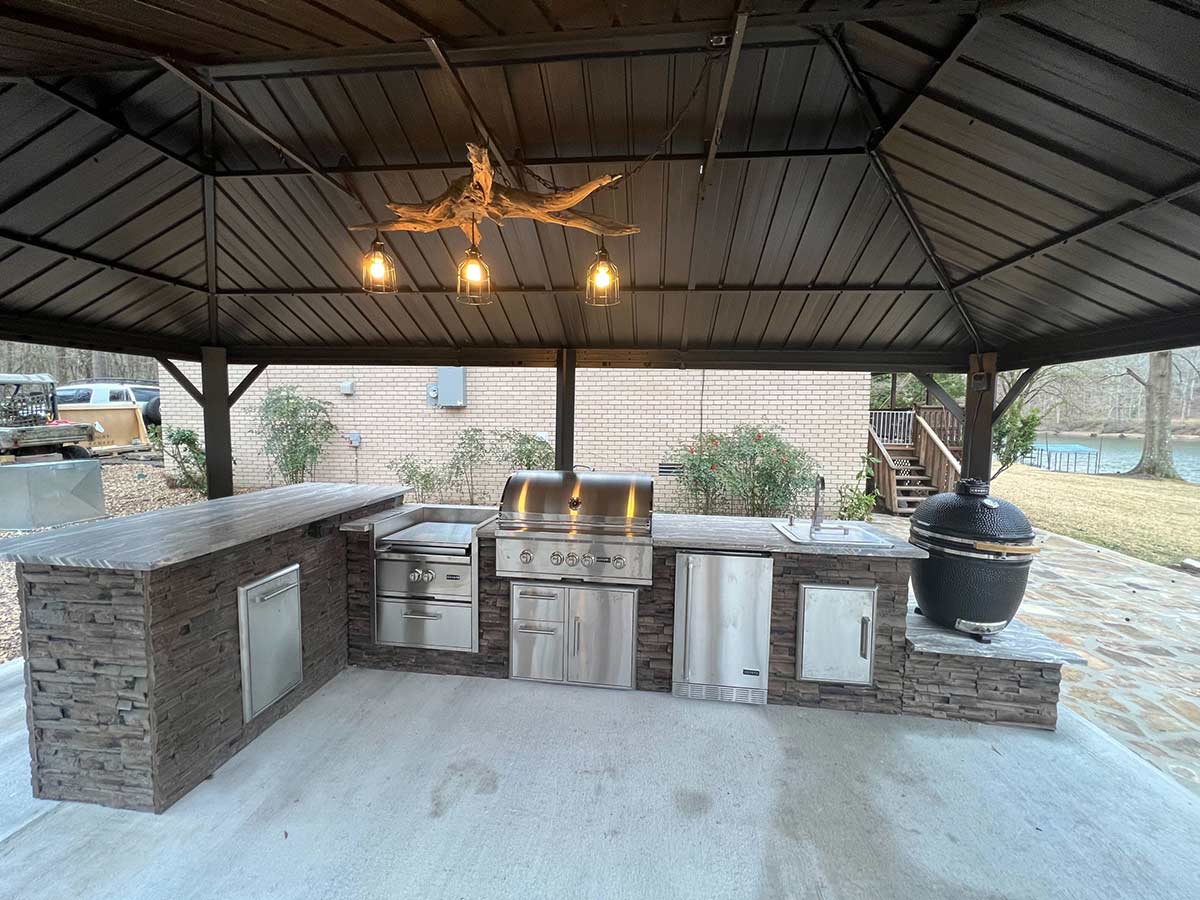
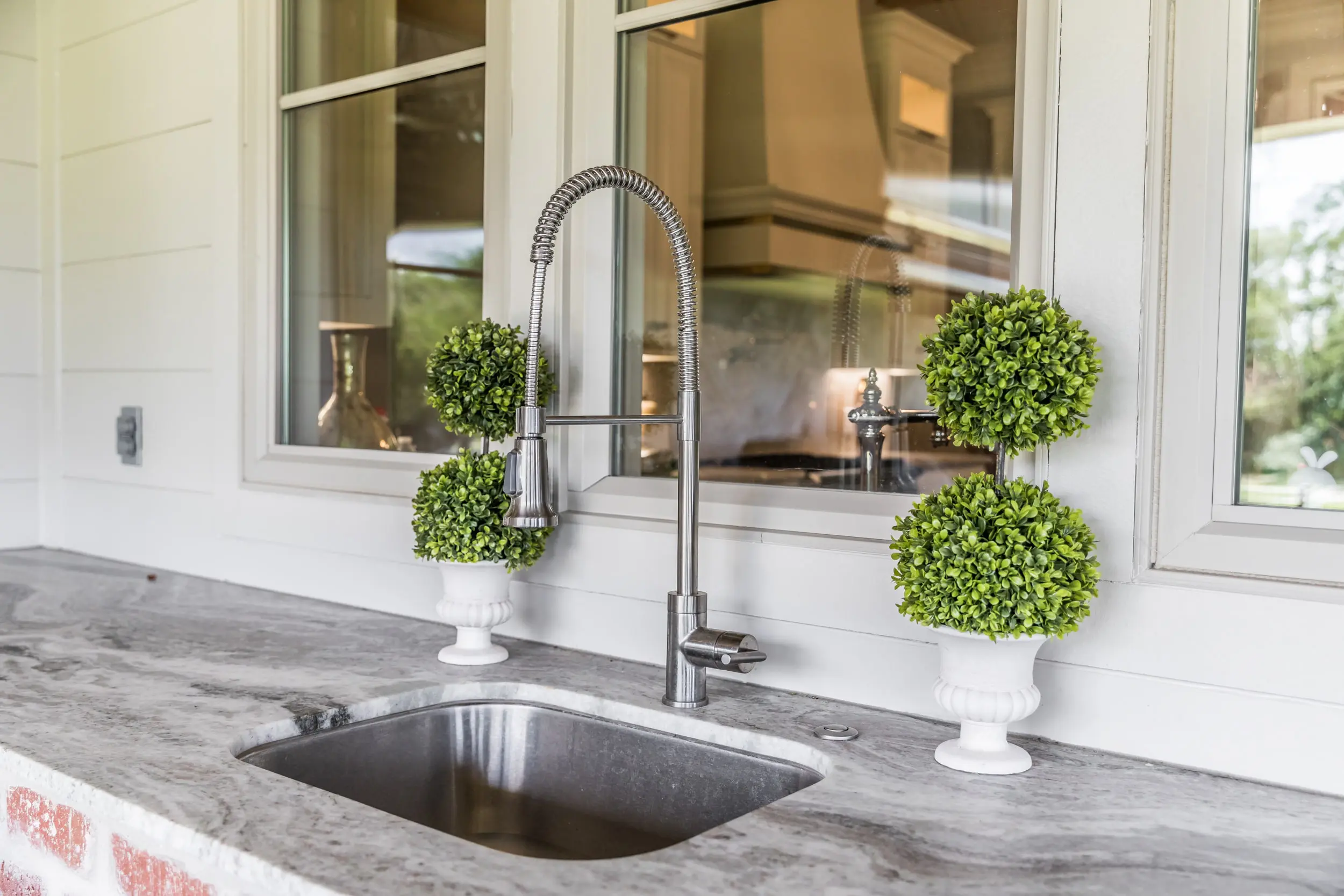
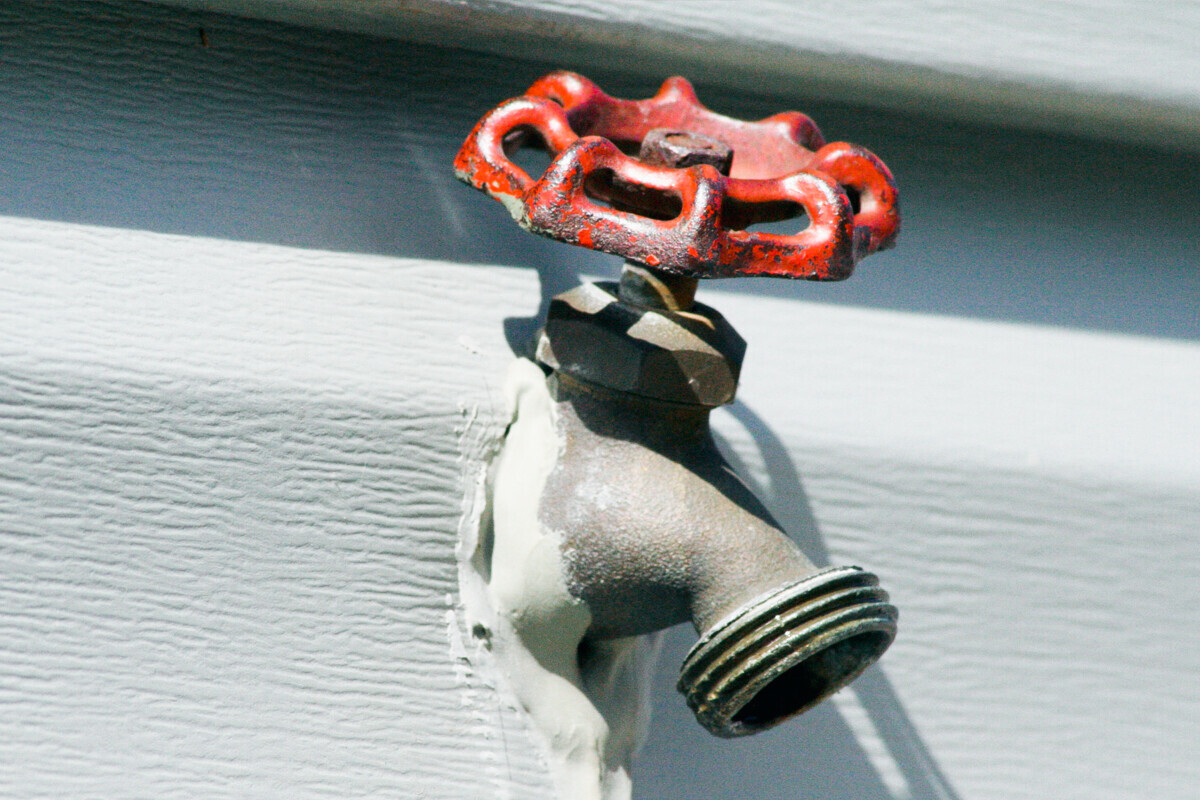
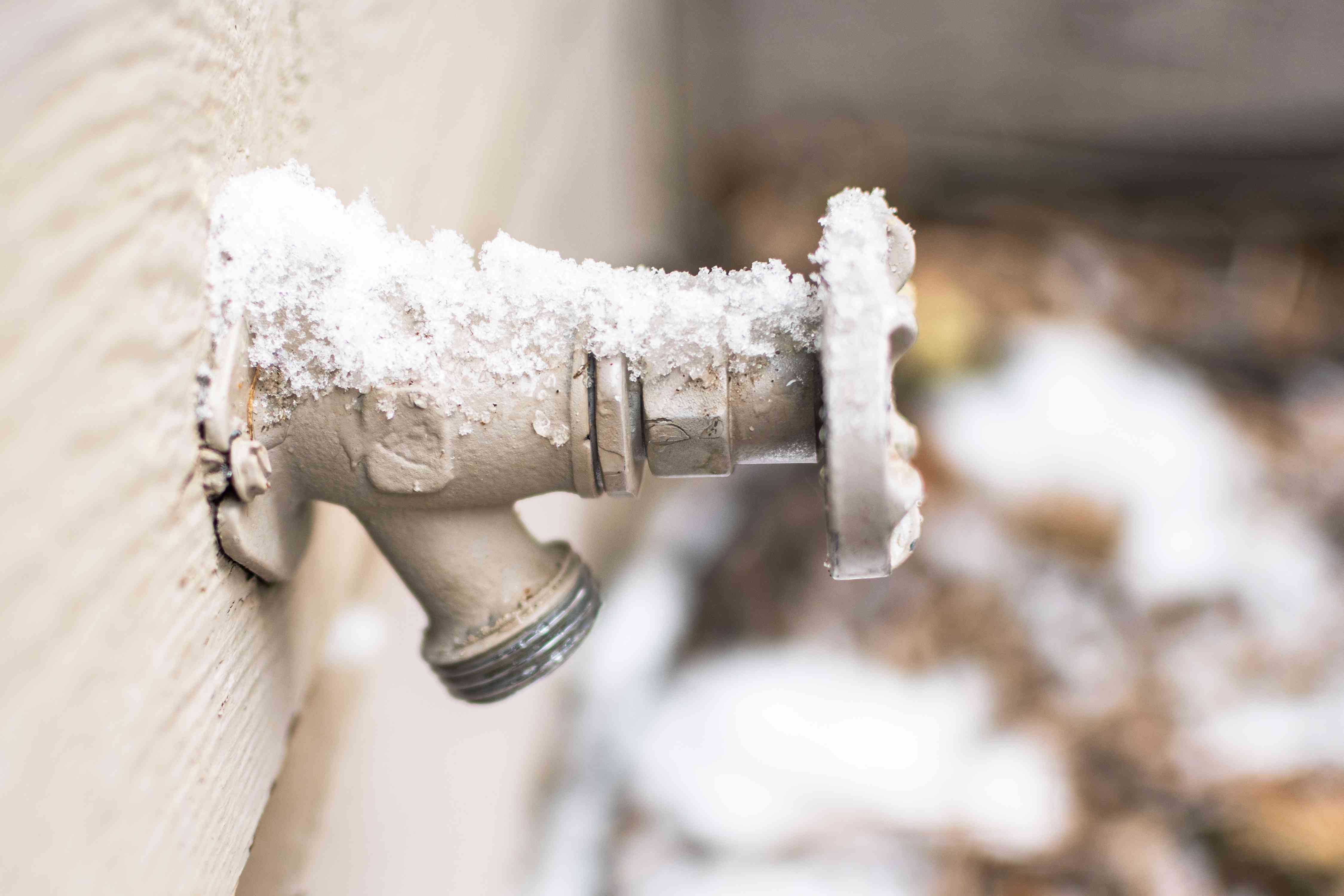
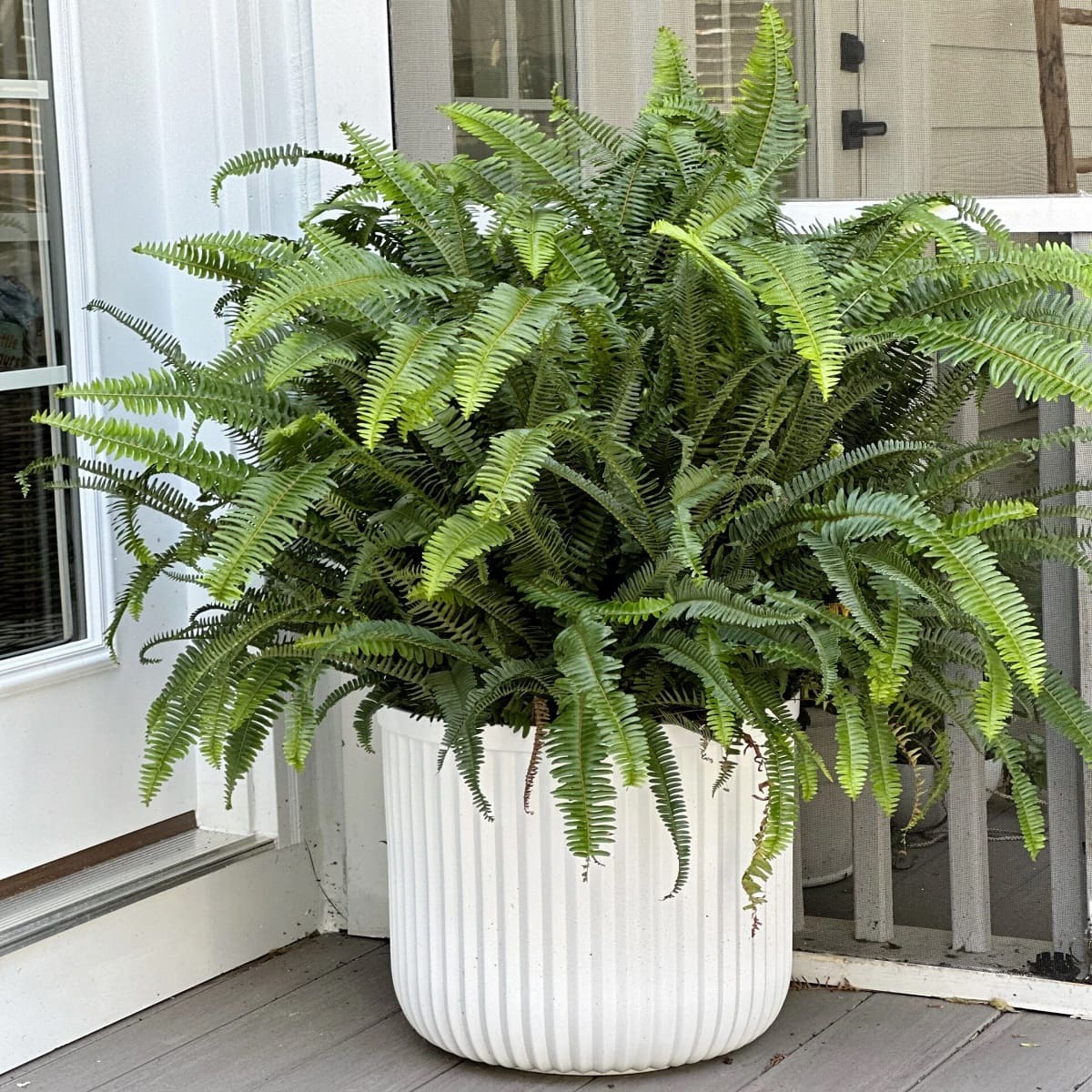

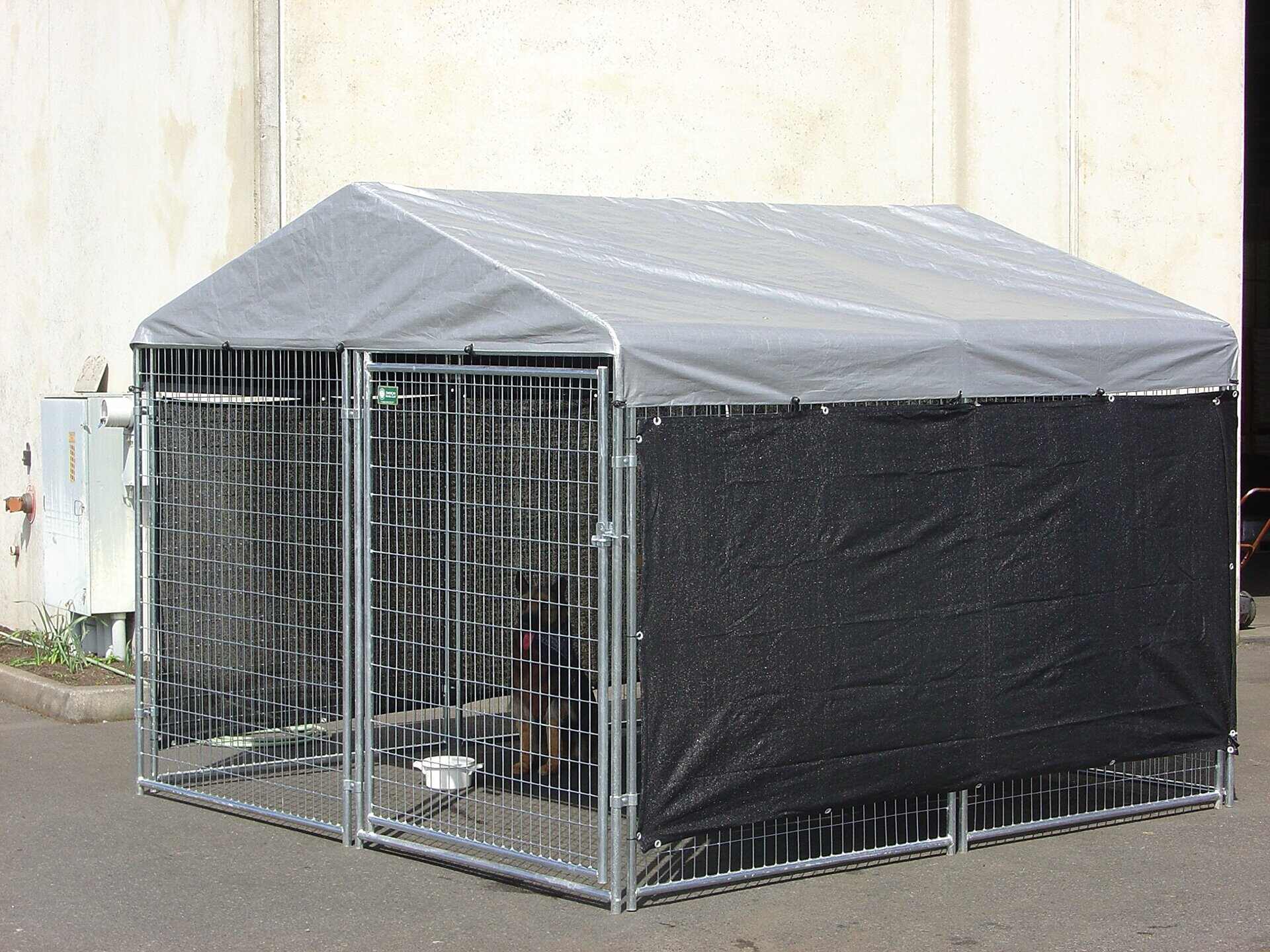
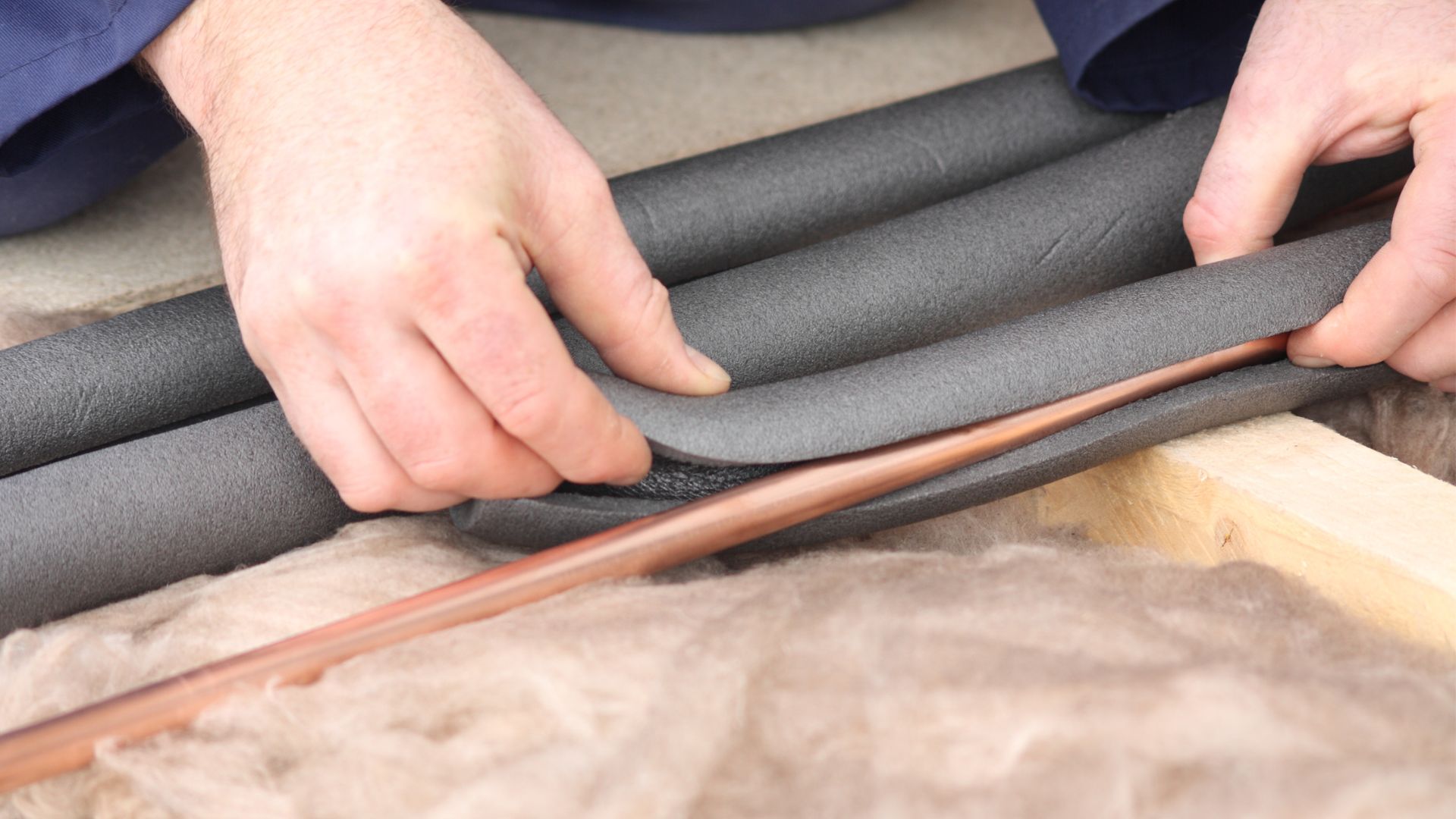
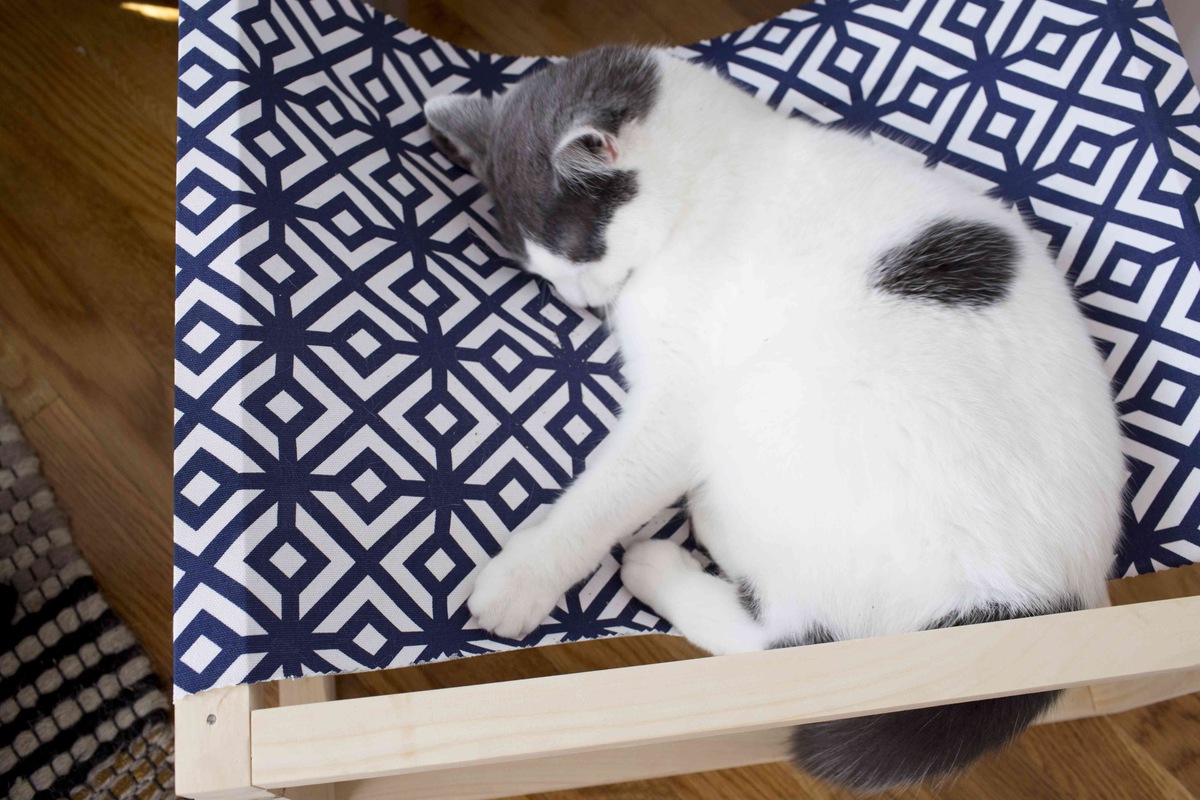
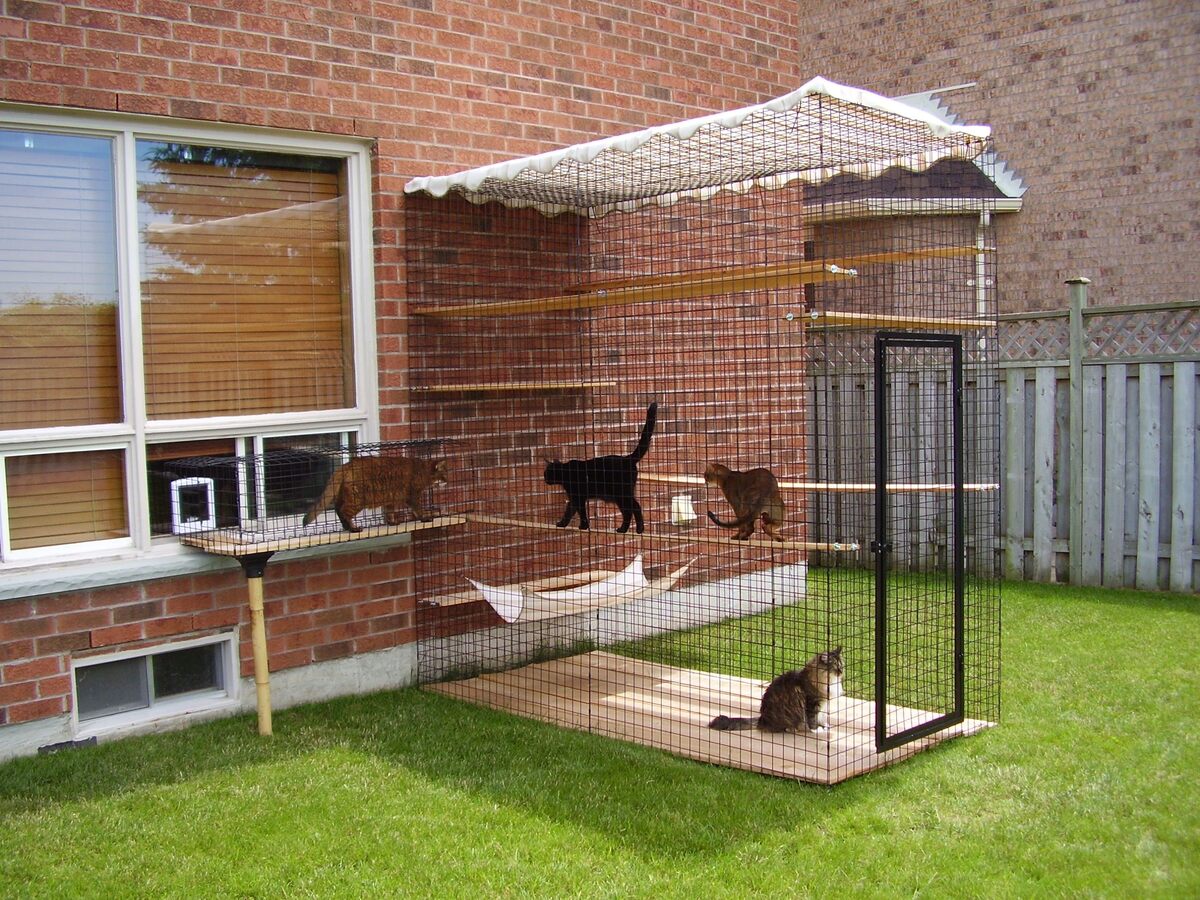
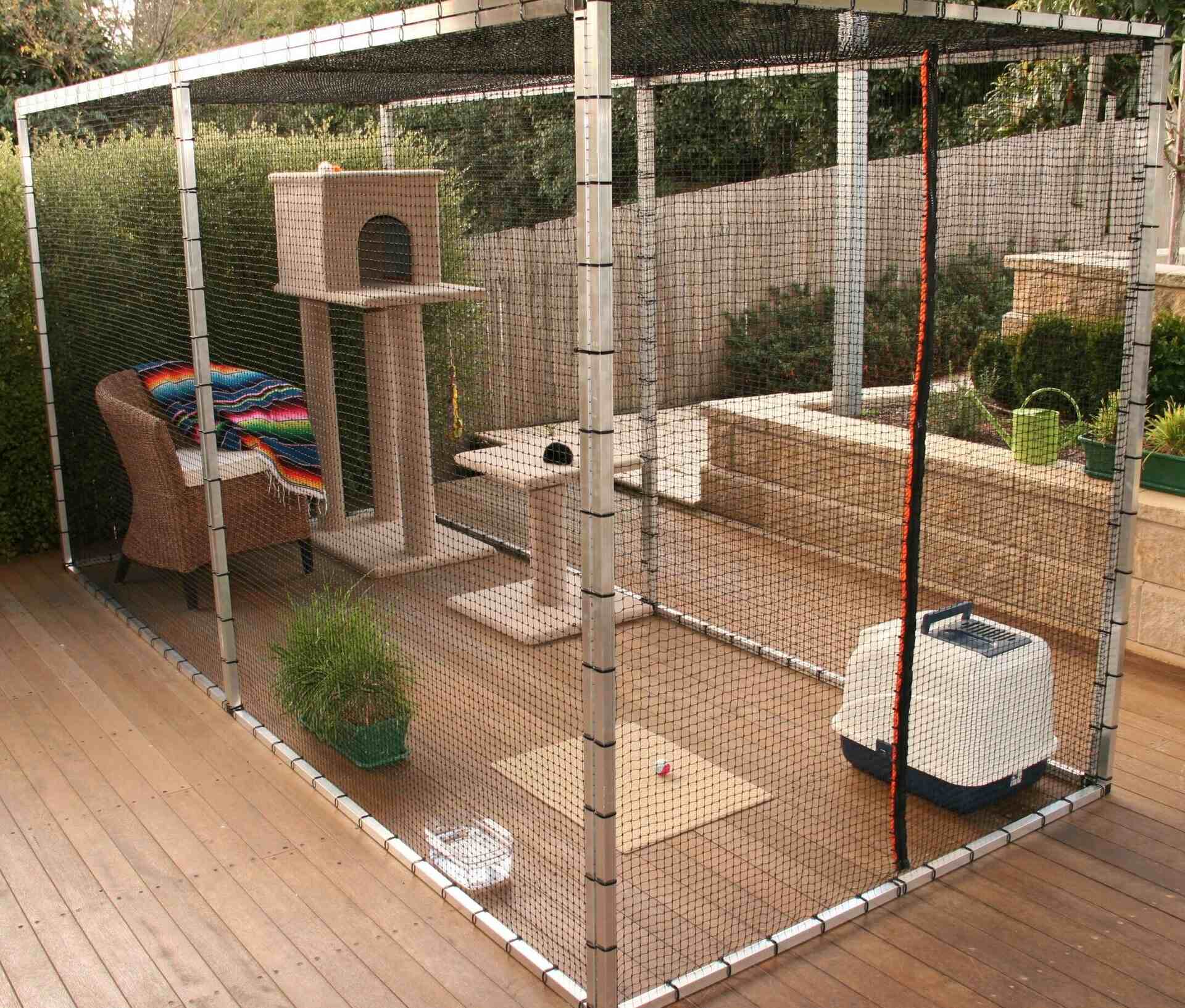
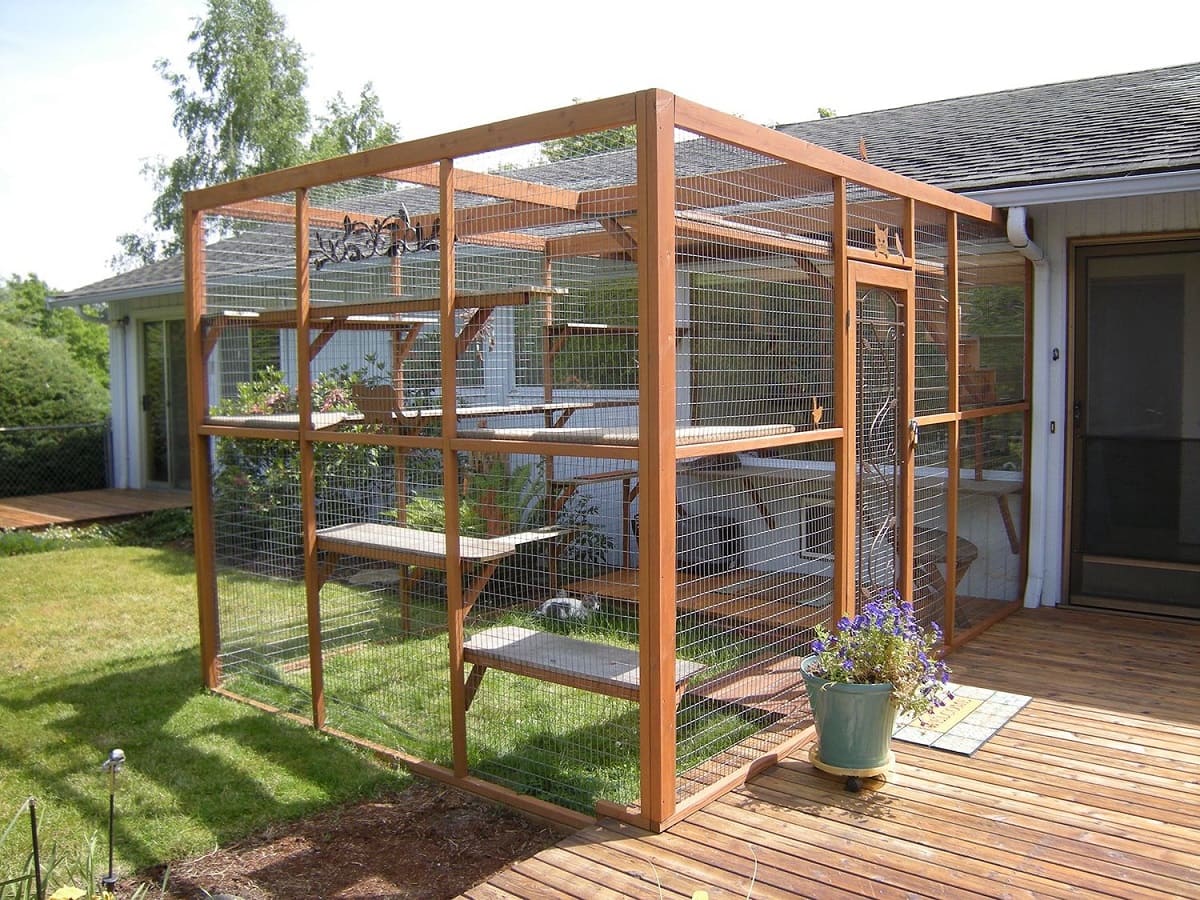
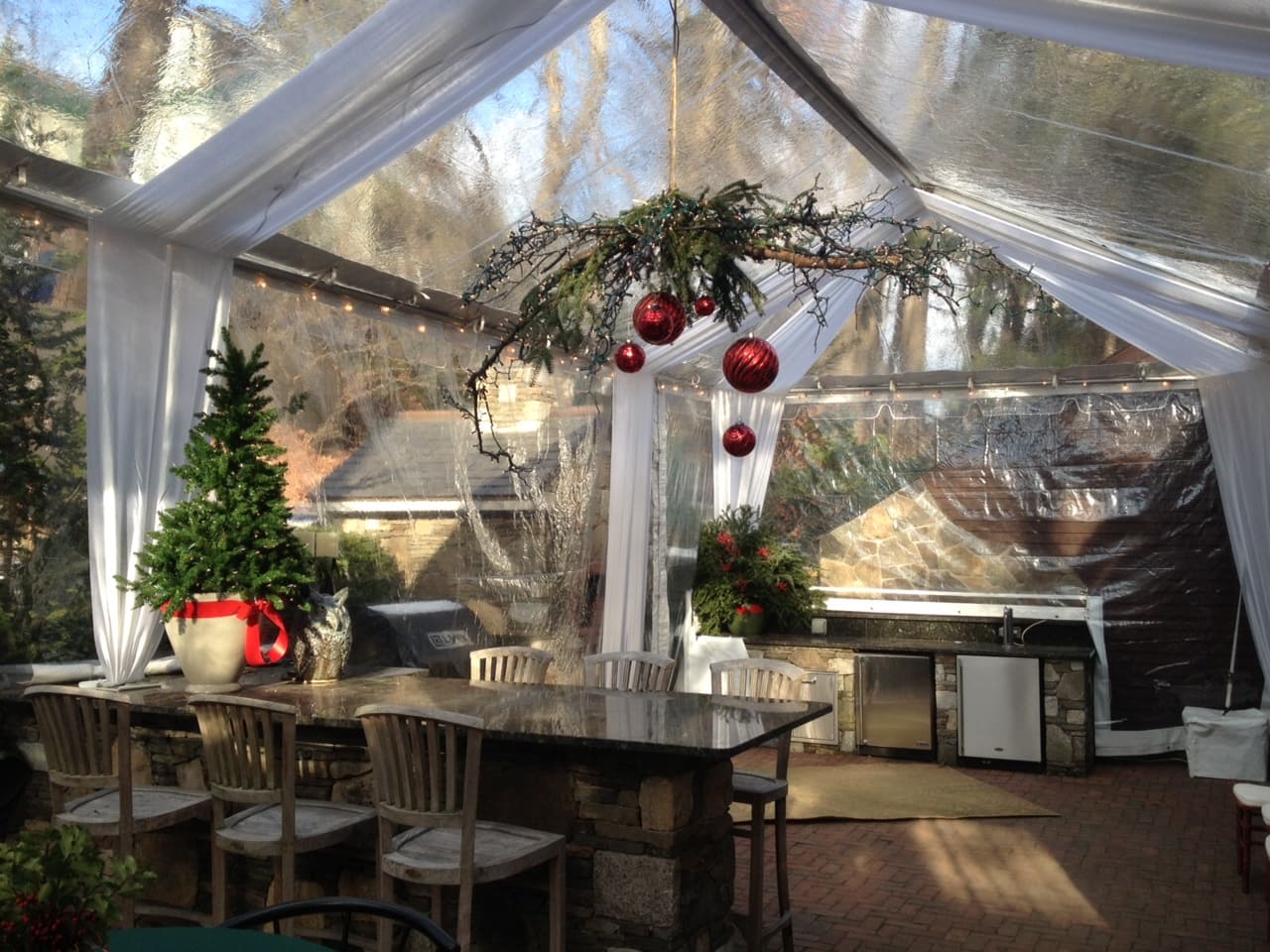
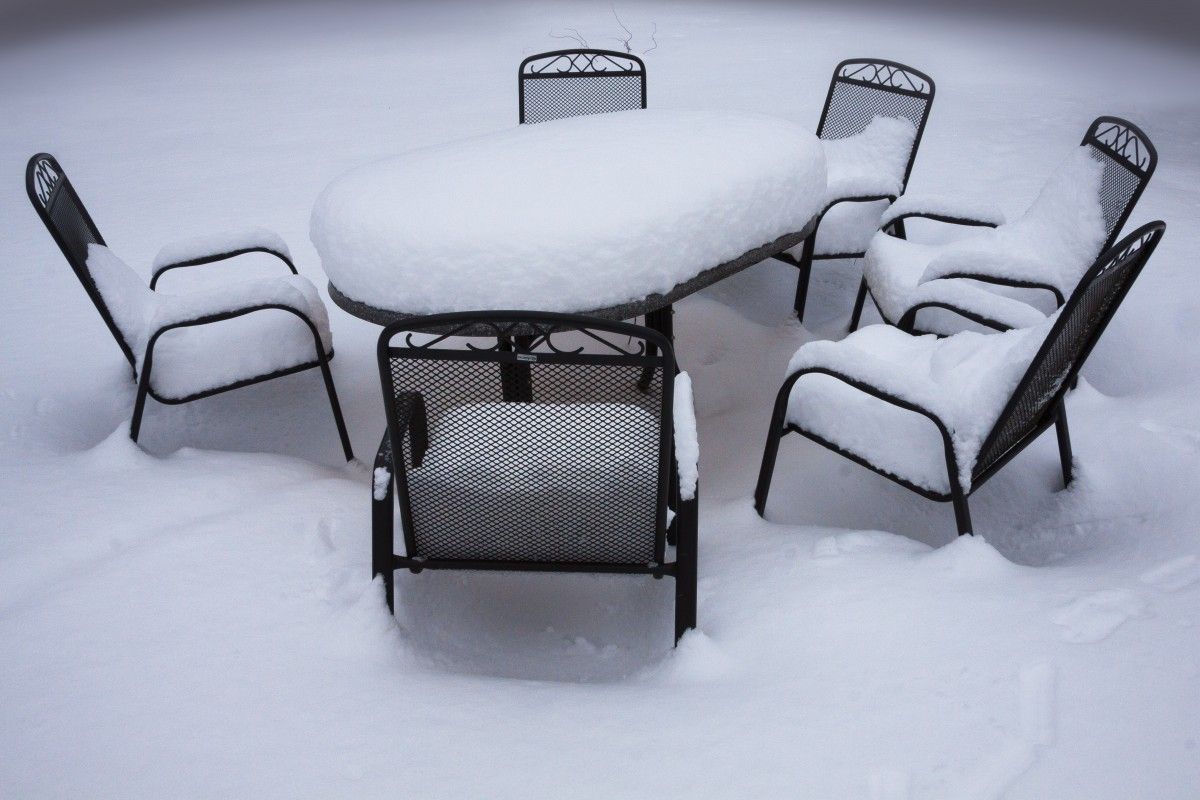

0 thoughts on “How To Make An Outdoor Cat House For Winter”